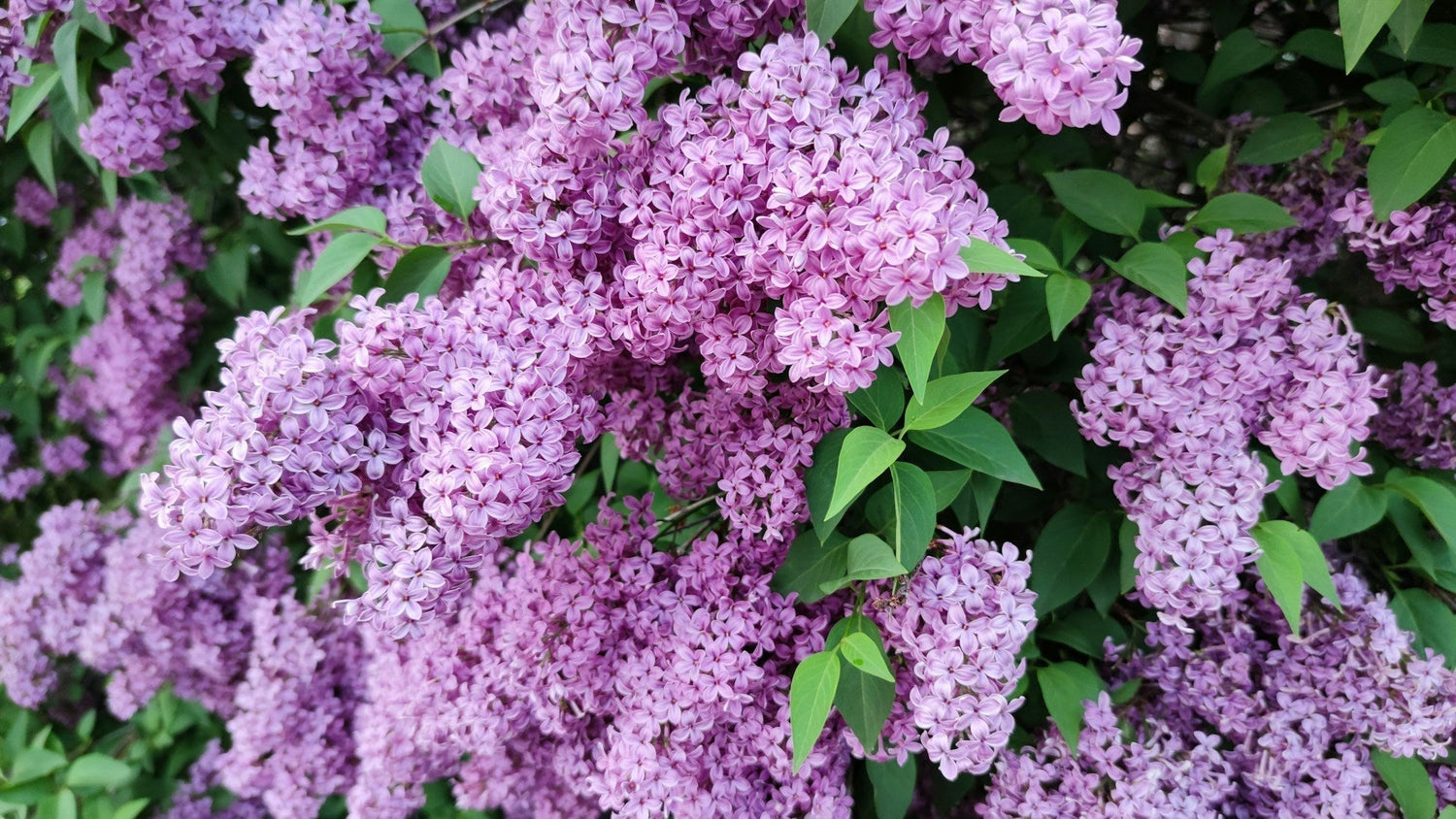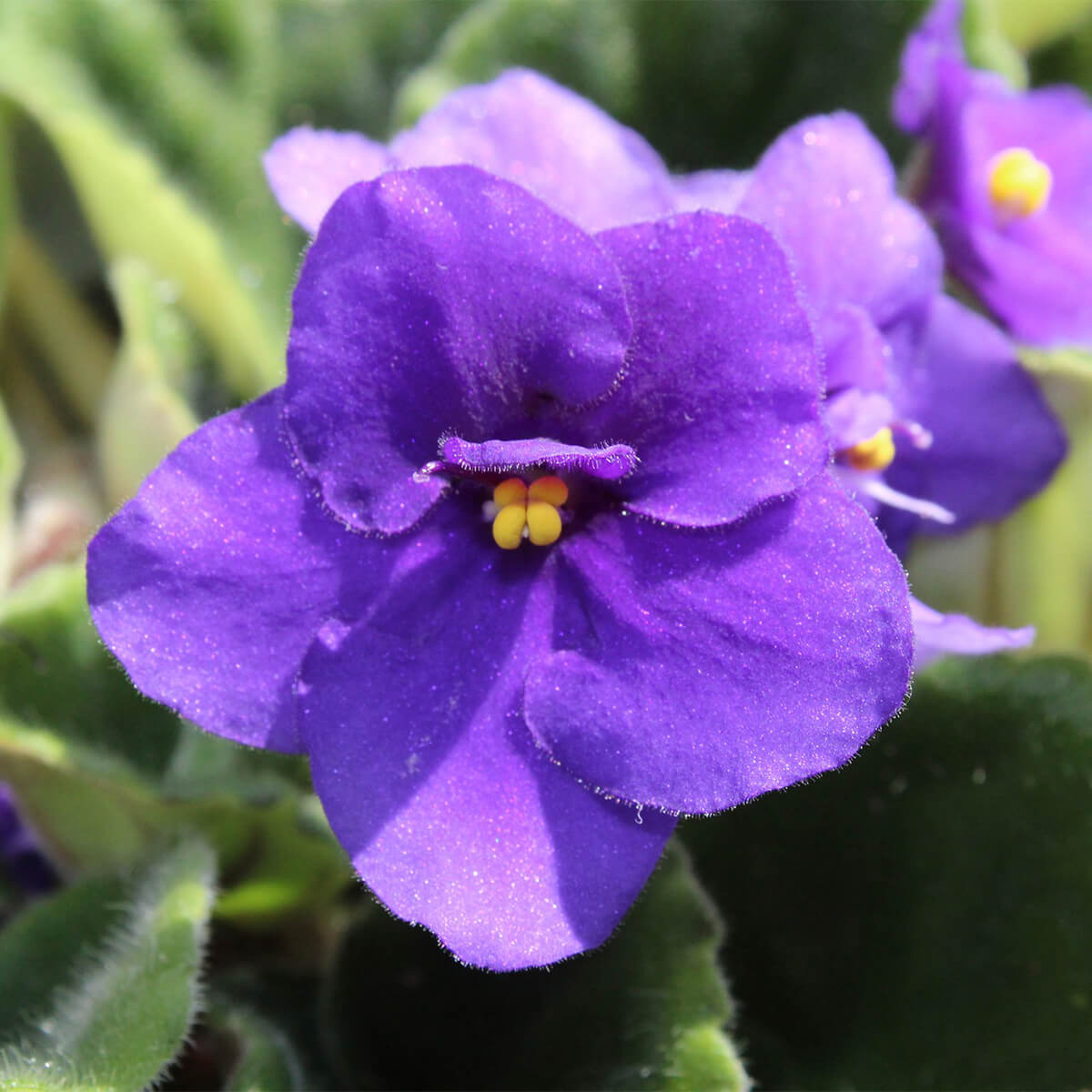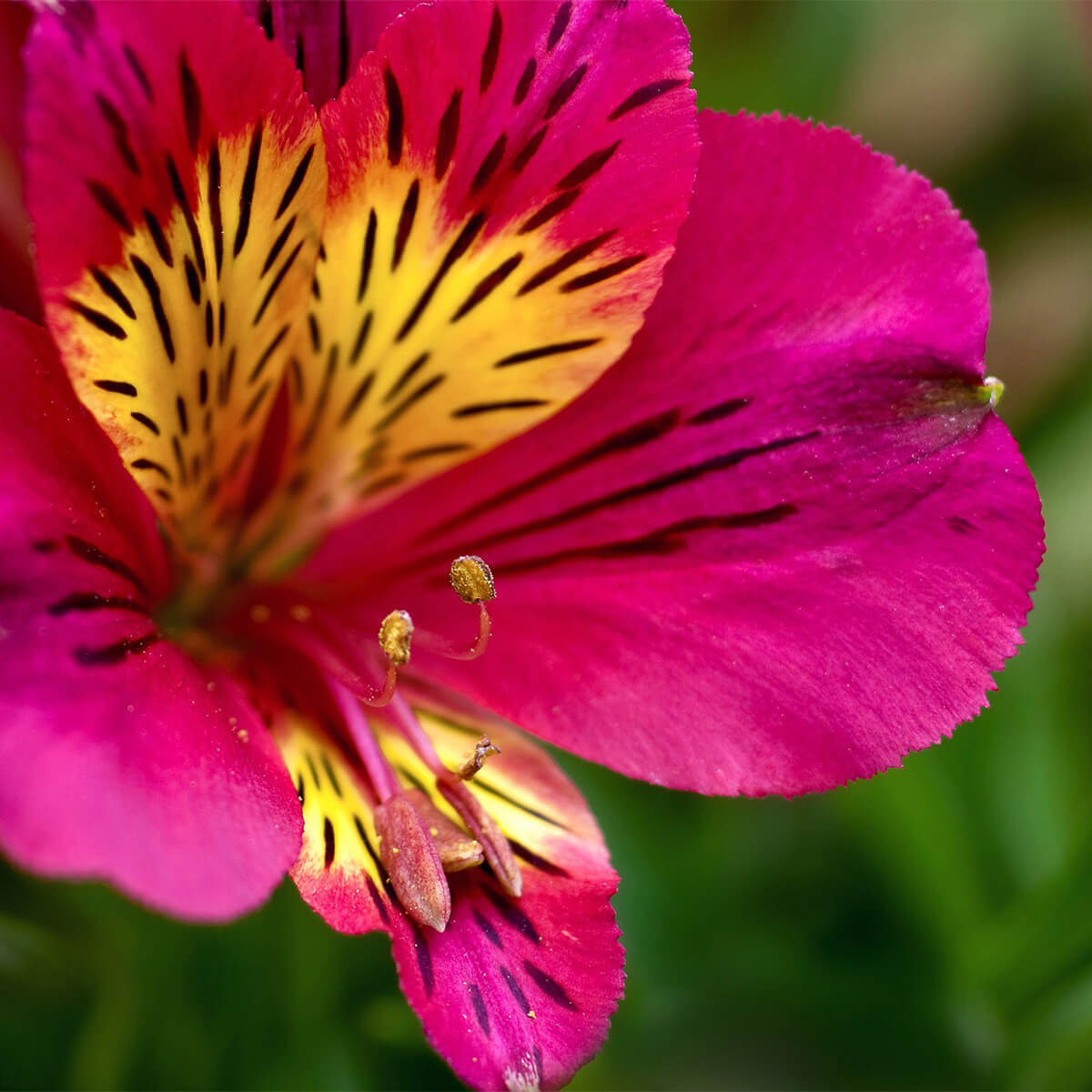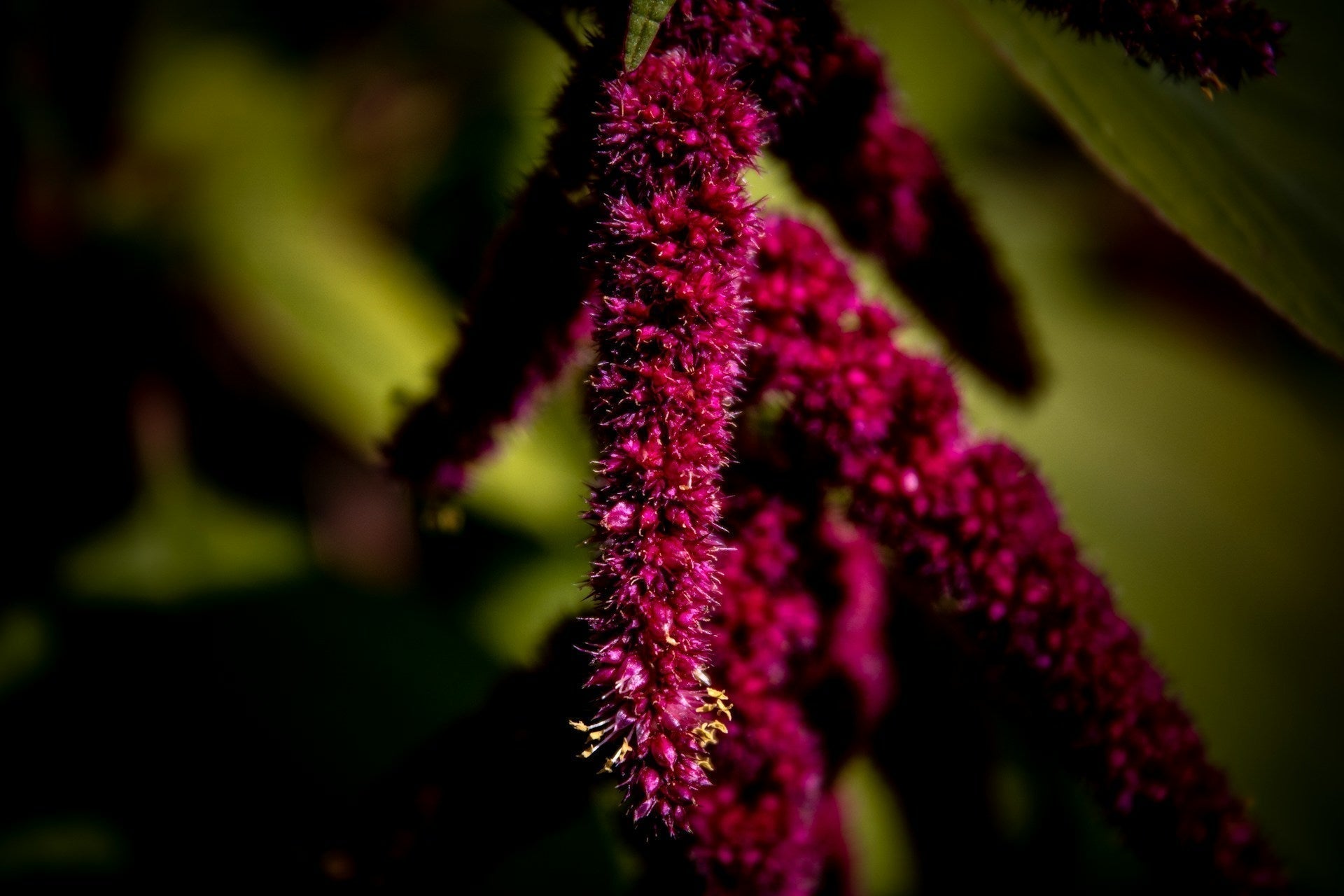Lilac - Syringa vulgaris
Symbolism: Lilacs symbolize first love, youthful innocence, and renewal. In Victorian times, lilacs often represented a nostalgic remembrance of love, and in Eastern traditions, they are associated with spring’s fleeting beauty. The color can also influence symbolism — purple lilacs often suggest spirituality or mourning, while white lilacs express purity and humility.
Description: Lilacs are fragrant, multi-flowered panicles that bloom on woody shrubs or small trees. Their lush clusters range in shades of purple, lavender, pink, white, and occasionally blue. Known for their intoxicating, sweet scent and nostalgic appeal, they are beloved in gardens and short-season floral designs.
Named after: The word "lilac" is not named after a person, but rather has linguistic roots tracing back to Persian.
Latin/Scientific name: Syringa vulgaris
Native to: The Balkan Peninsula of southeastern Europe — specifically in regions around modern-day Albania, Serbia, and Bulgaria. Now naturalized in much of Europe and North America.
Flowering period: May to early June in temperate climates
Vase life: 3–5 days, though they are best enjoyed shortly after cutting due to their short hydration span. Woodier stems benefit from a vertical slit or light hammering at the base to improve water uptake.
Popular use in floral arrangements or bouquets: Lilacs are prized for their fragrance, texture, and romantic garden style. They’re popular in Spring bouquets, Rustic or vintage-themed arrangements, loose, natural centerpieces and occasional use in bridal bouquets,(though limited by vase life)
Their airy presence pairs well with peonies, roses, ranunculus, and viburnum. Often used for Mother’s Day, spring weddings, and as an accent in elegant garden-inspired designs.
Pet Toxicity: Common lilac (Syringa vulgaris) is considered non-toxic to both cats and dogs.
According to reputable sources like the ASPCA (American Society for the Prevention of Cruelty to Animals) and pet poison helplines. However, ingesting large amounts may still cause mild stomach upset (vomiting, diarrhea) due to general plant material irritation — especially if your pet chews on leaves or flowers.
When in stock in our shops: Sporadically during May and early June.







